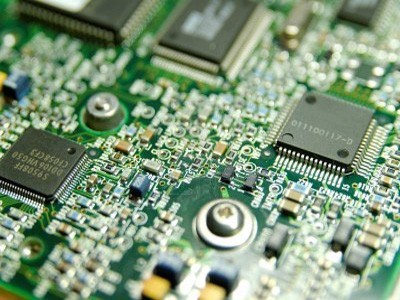 Account
Account
 Account
Account
Category:PCB Resistors Technology
A resistor is a passive two-terminal electrical component that implements electrical resistance as a circuit element. In electronic circuits, resistors are used to reduce current flow, adjust signal levels, to divide voltages, bias active elements, and terminate transmission lines, among other uses.
As PCB signal switching speeds continue, today's PCB designers need to understand and control the impedance of PCB traces. Corresponding to the shorter signal transmission times and higher clock rates...(view more)
At present, PCB products are moving from traditional to higher density HDI/BUM boards, IC package base boards, embedded component boards and rigid-flex boards. PCBs will eventually go to "printed...(view more)
Hi there everyone im new to this site. Recently bought a playstation 1 (model scph-1002) with the intention of doing the modifications to improve the sound, even though im very impressed with it so fa...(view more)
Hi everyone, this is my first post even though I have been around for a long time. I decided to jump on the valve building train and build a stereo version of Fred Nachbaur's MiniBlok II. ...(view more)
For those who truly believe that carbon comp resistors improve the sound of your tube amp, here's your chance: Electronic Goldmine - Giant Deluxe Box of Resistors Note: I have bought parts...(view more)
I need 4.64K SMD resistors for the circuit that controls input sensitivity of the left and right input channels of an AD converter unit. I guess these resistors must be high precision (1% tolerance or...(view more)
As part of an aggressive expansion program, the company adds controlled-impedance capabilities to its arsenal of design resources with the installation of a Burkle 6-opening vacuum press, Polar TDR so...(view more)
There is a resistor on the PCB of about 70ohm. So the resistor would be dissipating 350mW of power. The SMD resistor package is 0805. But the problem is that the dissipates max resi...(view more)
What are the functions of different types of resistor footprints?(view more)







